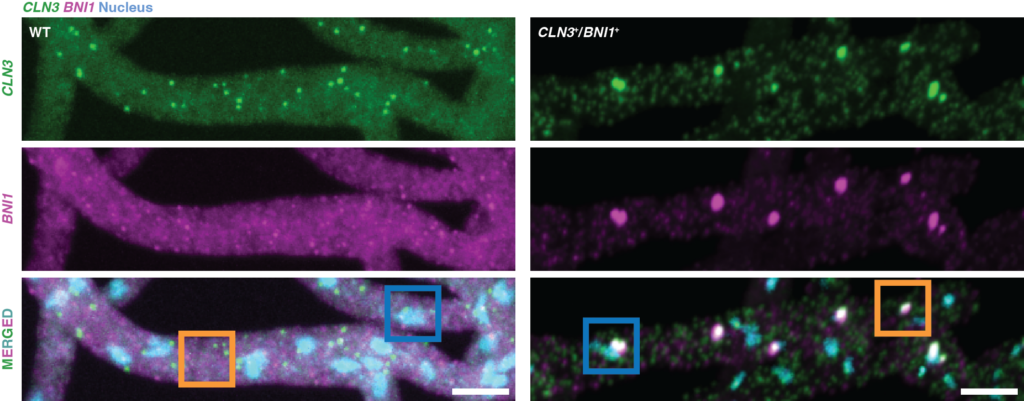
Biomolecular condensates transport RNA molecules inside of cells for functions such as cell signaling and regulating cell processes, but little is known about how they form distinct compositional identities, similar to how oil and water stay separated.
Rohit V. Pappu, the Gene K. Beare Distinguished Professor of biomedical engineering at the McKelvey School of Engineering at Washington University in St. Louis, in collaboration with Amy S. Gladfelter, a professor of cell biology and of biomedical engineering at Duke University, and their labs have found that the order that different RNA molecules are added to the condensates determines how they will be composed, providing new information on how these important cellular compartments are formed. Pappu also is director of the Center for Biomolecular Condensates at the McKelvey School of Engineering, and Gladfelter is a member of the center's Scientific Advisory Committee.
Their study was published in Nature Communications






